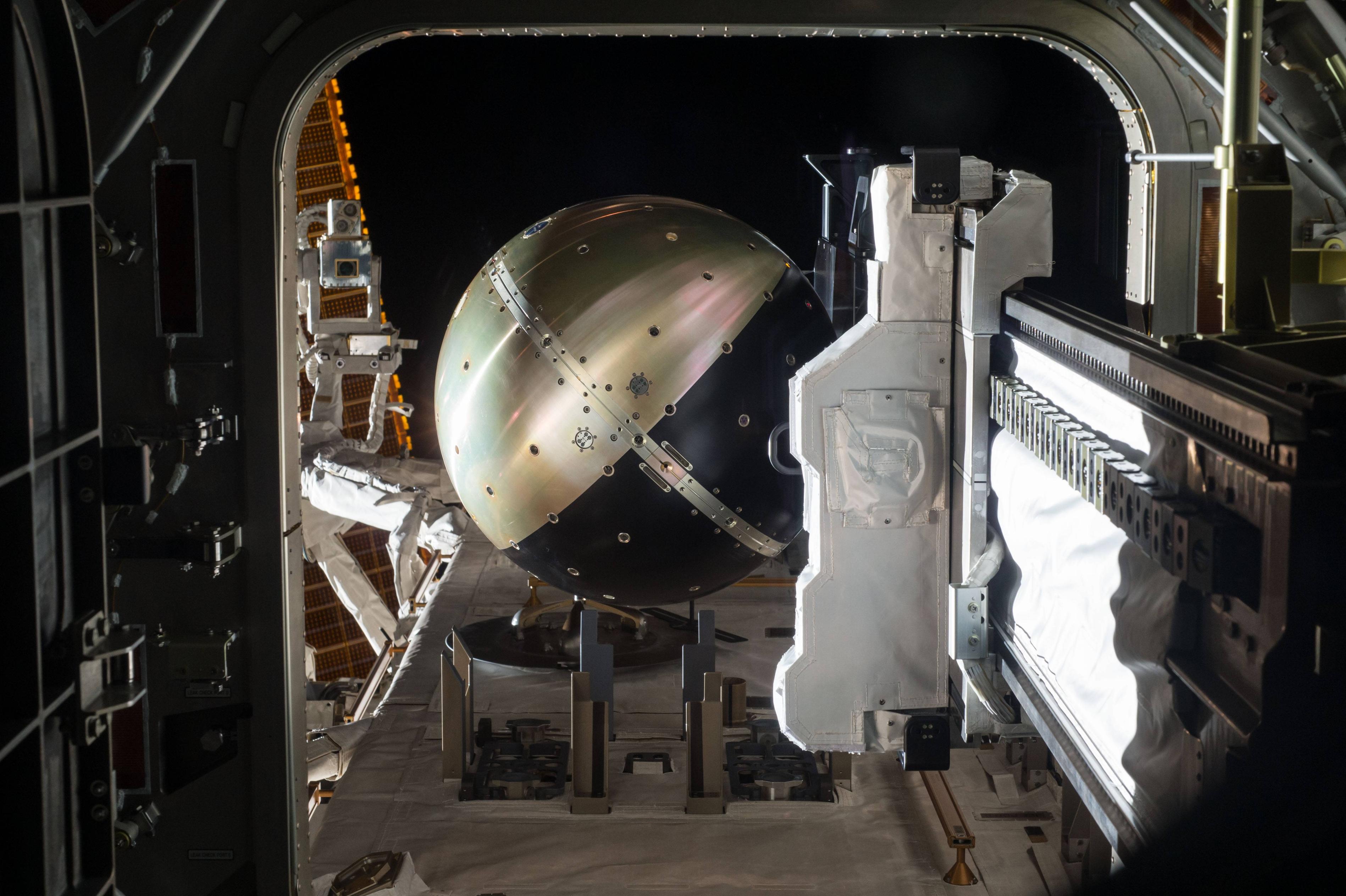I can find several descriptions of what the SpinSat satellite was supposed to do. I can find some nice images of it being deployed from the ISS also. But I haven't been so successful in understanding whether the whole mission worked.
Did the Digital Solid State Thrusters successfully spin up the satellite, and then de-spin it again? Was the performance in this demonstration as good as what was anticipated?
Were the spin-up, and especially the de-spin maneuvers performed using real-time attitude and rotation measurements? The electric thrusters are pulsed, so thrust can be metered out in controlled amounts, so conceivably the de-spin could be done as a single maneuver, with the thrusters fired until spin=0 when they could be stopped.
NASA's NEW mission pages link for SpinSat (hat-tip to @ErinAnne) says the following:
Operational Protocols
ESP thrusters are physically arranged on the exterior of the satellite to provide two basic maneuvers as spin-up (de-spin) maneuver and a normal thrust maneuver. For the spin-up maneuver, pairs of thrusters are co-aligned 180 degrees apart, and provide a tangential component force on the exterior; for de-spin, a 2nd pair of thrusters provide the opposite force. For the normal thrust maneuver, thrusters are oriented perpendicular to the exterior of the satellite to provide force in the normal direction. Another set of thrusters placed at the opposite pole provide normal force in the opposite direction. The space situational awareness component of the mission is a ground based observational plan to detect, characterize and assess state changes in the spacecraft. These observations are verified by data collected on the spacecraft by MEMS gyroscopes and accelerometers used to determine the spin axis orientation and spin rate of the spacecraft before during and after thruster firings. The spacecraft itself acts as the primary sensor for the third experiment, with a well-determined and characterized ballistic coefficient the routine collection of radar tracking and satellite laser ranging data will provide a high resolution atmospheric drag data set used to deriver thermospheric density.
How did it all go?
note: There are a few unique features of this kind of solid propellant thruster. You activate it using a low current, high voltage arc to simultaneously vaporize and ignite the propellant mixture. Shut off the arc, and the propellant becomes inert. That means these solid propellant thrusters are considered safe enough to spend at least a short time inside the crew area of the ISS.
I've asked separately about the principle with which electric solid thrusters actually operate.





